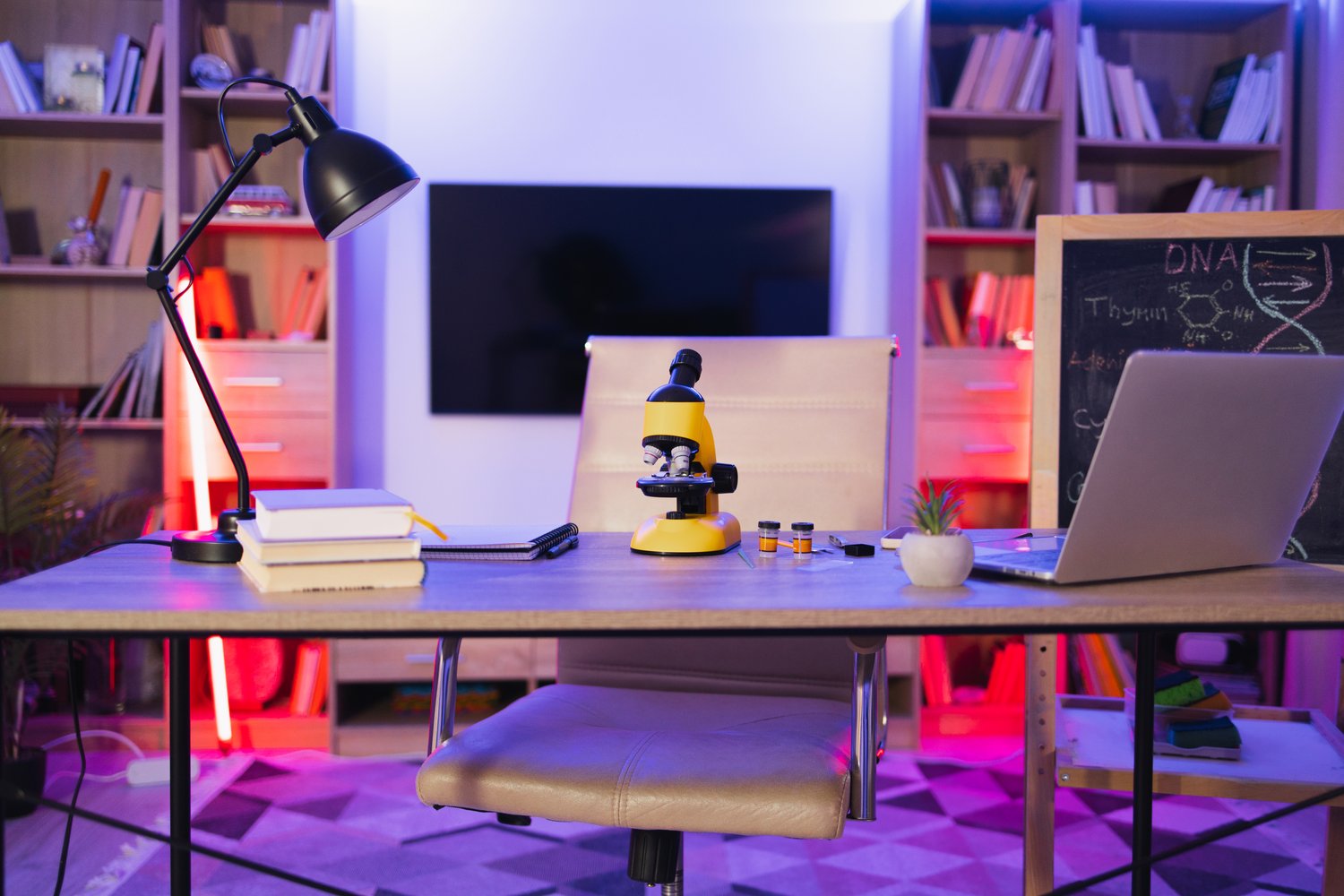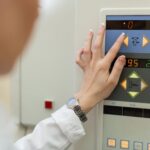Essential components for a functional home workspace
Creating an efficient home office requires careful consideration of electrical equipment. Sockets plugs switches play a crucial role in powering your devices. A typical home office needs at least 6 electrical outlets to accommodate various electronics. Portable sockets offer flexibility, allowing you to rearrange your workspace as needed. Surge protectors are essential for safeguarding expensive equipment from power fluctuations. USB charging ports integrated into wall outlets can simplify device charging. Proper lighting is vital for productivity, with experts recommending 300-500 lux for office spaces.
When setting up your home office, consider the placement of your desk in relation to power sources. Ideally, your primary workstation should be within 5 feet of an electrical outlet. [Sockets plugs switches] https://onninen.pl/en/products/Home-office-and-RTV-equipments/Sockets-plugs-switches come in various designs to match your decor. Smart plugs can enhance energy efficiency by allowing remote control of connected devices. Cable management solutions, such as cable clips or raceways, help maintain a tidy workspace. Proper grounding is essential for all electrical installations to ensure safety.
Ergonomics plays a significant role in home office setups. Adjustable monitor arms require sturdy mounting points, often necessitating additional wall reinforcement. Standing desks with electric height adjustment typically consume between 200-300 watts during operation. Adequate ventilation is crucial when using multiple electronic devices, as they generate heat. A small fan or air purifier can help maintain optimal air circulation. Consider installing a dedicated circuit for your home office to prevent overloading shared circuits.
Noise reduction techniques can improve your work environment. Soundproofing materials may require additional electrical considerations for installation. White noise machines or speakers for ambient sound typically use minimal power, around 5-10 watts. If video conferencing is frequent, investing in proper lighting equipment, such as ring lights (10-30 watts), can enhance your on-screen appearance. Remember to factor in the power requirements of any audio-visual equipment when planning your electrical layout.
Maximizing efficiency with portable power solutions
Portable power solutions offer flexibility in home office setups. [Portable sockets] https://onninen.pl/en/products/Home-office-and-RTV-equipments/Sockets-plugs-switches/Portable-sockets provide additional outlets where fixed sockets are limited. These devices typically offer 3-8 outlets and can handle loads up to 3000 watts. Some models include built-in circuit breakers for added safety. When selecting portable sockets, consider the total wattage of devices you plan to connect. It’s advisable to choose units with surge protection capabilities, measured in joules.
Power banks have become essential for mobile work. High-capacity models can store up to 26,800mAh, enough to charge a laptop multiple times. USB-C power delivery allows for faster charging, with some models offering up to 100W output. Solar-powered chargers are eco-friendly alternatives, typically generating 5-25 watts depending on size and sunlight conditions. For outdoor work sessions, weatherproof portable power stations can provide up to 1500 watt-hours of energy.
Cable management is crucial when using portable power solutions. Retractable cable reels can extend up to 50 feet, providing power where needed without clutter. Wireless charging pads (5-15 watts) offer convenient power for compatible devices without additional cords. Some portable power strips include USB ports, eliminating the need for separate adapters. When using extension cords, ensure they are rated for the intended load to prevent overheating.
Safety should always be a priority with portable electrical equipment. Avoid daisy-chaining multiple power strips, as this can create fire hazards. Regular inspection of cords and plugs for wear is essential. If using portable heaters or fans, maintain a 3-foot clearance from other objects. Some portable power solutions offer built-in overload protection, automatically shutting off when maximum capacity is reached. Always follow manufacturer guidelines for optimal use and longevity of portable power devices.
Integrating audio-visual equipment for enhanced productivity
[Home office and RTV equipments] https://onninen.pl/en/products/Home-office-and-RTV-equipments are essential for a modern workspace. A dual-monitor setup can increase productivity by up to 42%, according to some studies. When choosing monitors, consider power consumption, which typically ranges from 20-100 watts per screen. Proper cable management becomes crucial with multiple displays to maintain a clean workspace. HDMI switches allow for easy toggling between different devices without constant cable swapping.
Audio equipment plays a vital role in communication and focus. Noise-cancelling headphones consume around 1 watt of power but can significantly improve concentration. For video conferencing, dedicated webcams offer superior quality to built-in laptop cameras. These devices usually draw less than 5 watts of power. Consider a USB microphone for clear audio during calls, typically using 2.5 watts or less. Smart speakers can serve as virtual assistants, consuming 2-5 watts in standby mode.
Proper lighting is crucial for video calls and overall eye health. LED desk lamps use 5-10 watts while providing adequate illumination. Ring lights, popular for video content creation, typically consume 10-30 watts. Some models offer adjustable color temperature, allowing you to match your room’s lighting. Consider installing dimmer switches to control ambient lighting, which can help reduce eye strain during long work hours.
Data storage and backup are essential considerations. Network-attached storage (NAS) devices provide centralized file access and typically use 20-60 watts. Uninterruptible Power Supplies (UPS) protect against data loss during power outages, with home office models offering 350-1500 volt-amperes of backup power. For printing needs, modern inkjet printers consume about 5-10 watts when idle and 10-30 watts while printing. Laser printers use more power, typically 300-500 watts during operation. Remember to factor in the power requirements of all these devices when planning your home office electrical setup.





